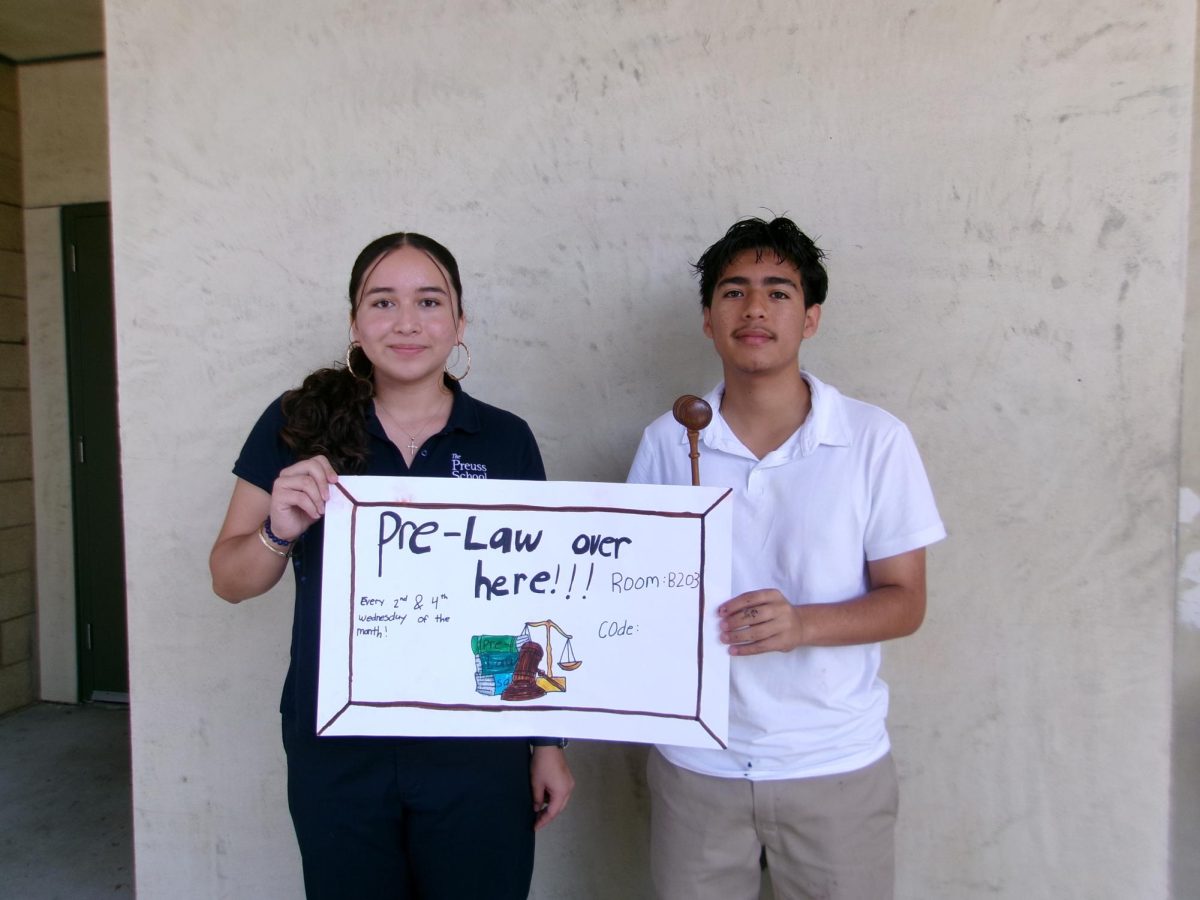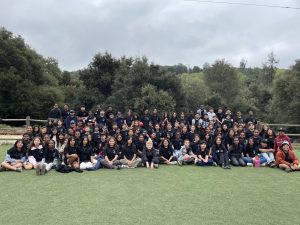“Black Panther: Wakanda Forever” Augments Cultural Representation
November 18, 2022
The Black Panther series finishes off Phase 4 of Marvel with Black Panther: Wakanda Forever.. Wakanda Forever introduces the death of King T’Challa while commemorating Chadwick Boseman, it explains the upbringing of Shuri to the Wakandan throne. Much like the first film ,the story centers on fixing the problems from the reveal of Wakandas vibranium and resources. The story introduces a new supernatural race and a character who will be very important for Marvel’s future films, Ironheart.
The performances were exceptional, as expected from the continued cast of the first Black Panther. For the newly added cast, Dominique Thorn, who plays Ironheart, plays a surprising role for Black Panther as well as Tenoch Huerta who plays Namor from the city of Taloakan. As the Black Panther series surrounds Wakanda and their ethnic pride, it was surprising to see the inclusion of African Americans and different racial representation like Indegiounous Mesoamerican cultures. Namor and the people of the city Talokan represent Indegiounous societies from Mesoamerica. Their characters brought a new storyline to the Black Panther series and a new storyline for future Marvel Cinematic Universe movies.
The plot for Black Panther: Wakanda Forever surrounds Namor and his tribe to be in conflict with Wakanda as they’ve been compromised because of King T’challa and his decision to expose their resource of Vibranium and . Shuri trying to solve their conflict allows Namors tribe to capture her in return for keeping Ironheart safe, Ironheart being a component of the compromise. The capture brought more conflict between Namor and Wakanda.
The picture is 2 hours and 41 minutes long, the time is long but after finishing the movie, the length seems reasonable because of the notable plot. The story has an unpredictable ending, leaving audiences shocked. The film pays tribute to Chadwick Boseman in the end credits and the introduction , not only is the film leaving audiences shocked but emotional.
The first Black Panther film brought good representation for Black communities, it was the first big-budgeted superhero film that starred a Black person as well as a majority Black cast. It signified more African communities becoming public with their heritage along with their traditions while bringing an overall ethnic pride among Black communities. With the second Black Panther movie, Black Panther: Wakanda Forever, it furthers representation to not only Africans and the Black race but those of Latinix heritage. With Namour and the city of Talokan being based on ancient Meso-Americans and the Mayan it’s expected to bring more to Latinx communities as it did for Black communities. With the introduction of latinix culture, it brings a greater theme of shared struggles between both Latin and Black communities.
Black Panther: Wakanda Forever is a PG-13 film and is rated appropriately. There are multiple action scenes but they aren’t very graphic; they do display violence and imply death. One scene that may be unnerving for young audiences consists of the fighting scene between both militias, Wakanda vs the Taloakan, and the display of blood. However, the movie does show themes of humor and lightheartedness. A reasonable age range for this movie would be 12 and above.
Overall, Black Panther: Wakanda Forever is an exceptional film with great representation for people of color. There are a few graphic elements that might disturb young audiences but nevertheless a family film. The introduction of new characters is going to bring surprises for the future of marvel. This picture is a nice continuation of Black Panther and is highly recommended.






